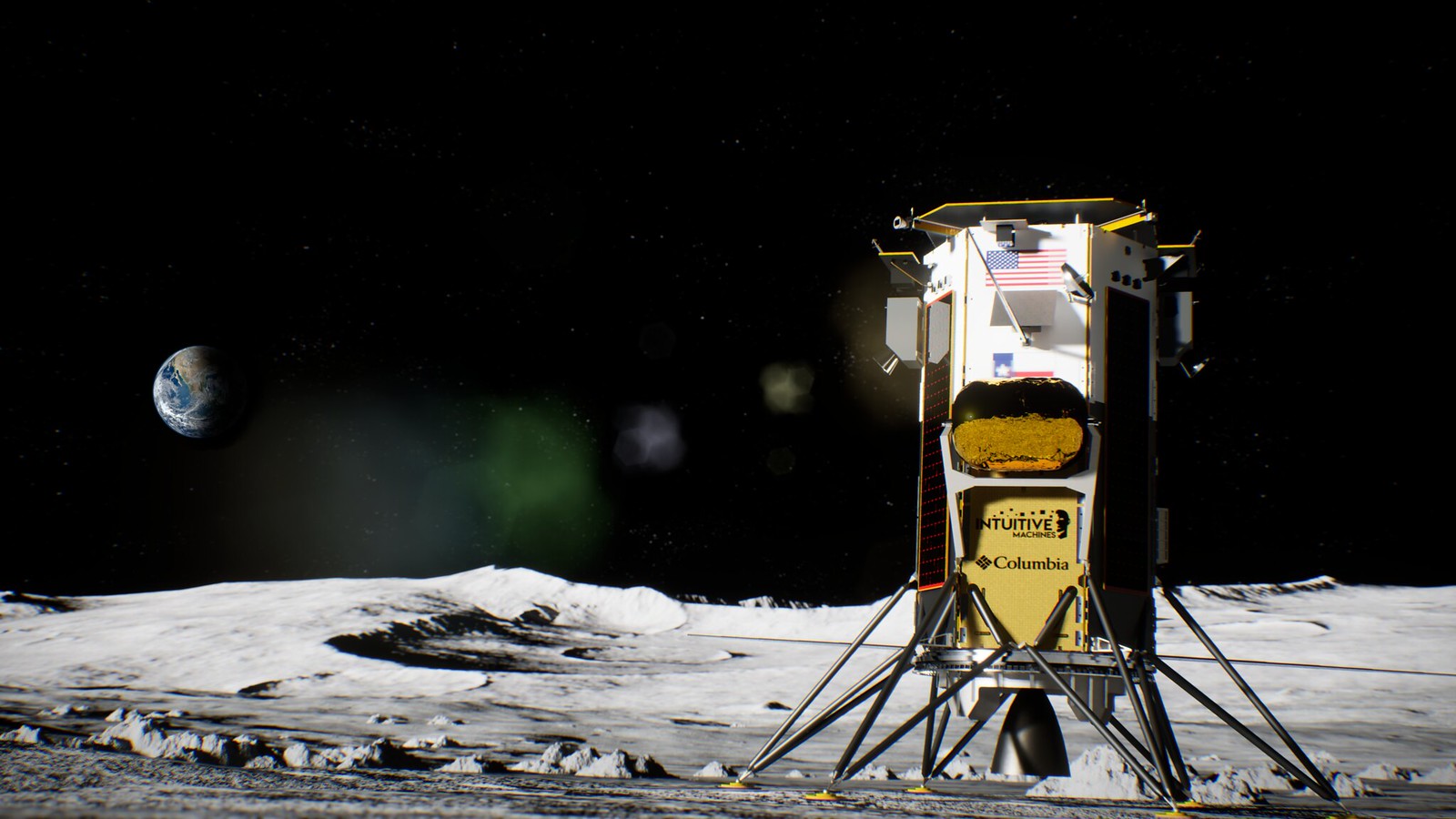Launch Imminent: SpaceX Mission to the Moon Will Have Embry-Riddle Payload Onboard

*Update (Feb. 14): After this story's original publication, the SpaceX launch was rescheduled to 1:05 a.m. Thursday, Feb. 15, 2024.
Years in the making, Embry-Riddle Aeronautical University’s miniature satellite camera system, called “EagleCam,” is scheduled to leave Earth late tonight, aboard a SpaceX Falcon 9 rocket, which is scheduled for launch late Tuesday, Feb. 13, 2024 (technically Feb. 14, because it will be after midnight, near 1 a.m. EST).
The launch of this device, which is poised to accomplish a series of firsts — including becoming the first-ever university student-built project to land on the moon, the first to capture third-person imagery of a spacecraft and the first to use WiFi on the lunar surface — will mark the beginning of a more than six-day journey to the moon.
On its final approach — which is scheduled to occur Thursday, Feb. 22 — EagleCam will jettison from Intuitive Machines’ Nova-C Lunar Lander just before touching down on the moon to capture this historic imagery.
“For students to have this opportunity to show that they can design, test and build a working CubeSat — that is a winning combination for their future careers,” said Dr. Troy Henderson, EagleCam faculty advisor and director of Embry-Riddle’s Space Technologies Laboratory. “These students have contributed years of hands-on work to a real-world project and have shown an incredible amount of ingenuity.”
A completely student-designed and developed CubeSat, the EagleCam project began in 2020, with work on the device taking place on Embry-Riddle’s Daytona Beach Campus. In addition to the photographic innovations it seeks to accomplish, the device will also test an electromagnetic dust shield, which could potentially help keep the glass on astronauts’ helmets clean, offering greater visibility in space.
“EagleCam will probably record enough data for Ph.D. students to analyze in dissertations for the next 10 years,” Henderson added. “The scientific return is enormous.”
Learn more about the EagleCam project online, and follow the team’s progress on their Instagram page: @ERAUeaglecam.
Imagery from the mission will be released after the lunar landing.
Watch a live stream of the launch on Intuitive Machines’ website.

 Mike Cavaliere
Mike Cavaliere